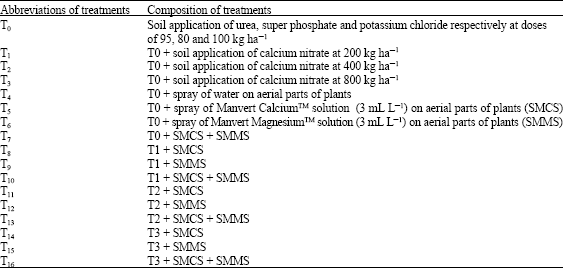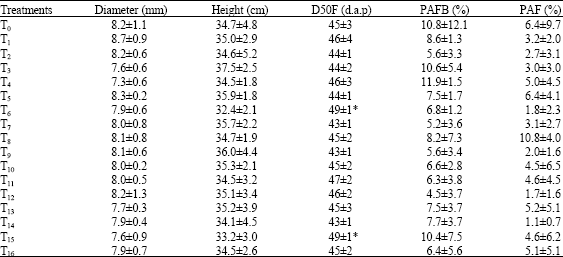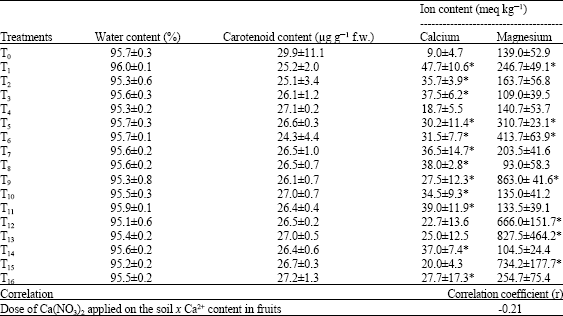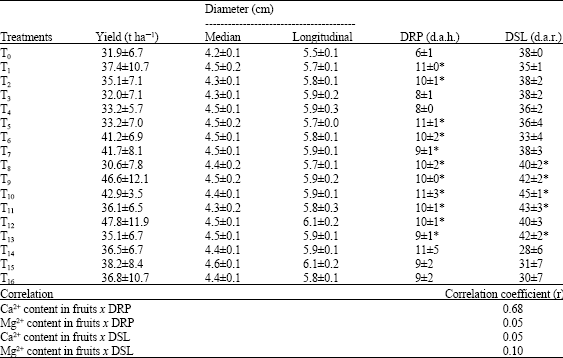Research Article
Effects of Fertilizers Containing Calcium and/or Magnesium on the Growth, Development of Plants and the Quality of Tomato Fruits in the Western Highlands of Cameroon
Department of Plant Biology, Faculty of Sciences, University of Dschang, P.O. Box 67, Dschang, Cameroon
Valere Tatchago
Institute of Agricultural Research for Development, P.O. Box 44, Dschang, Cameroon













